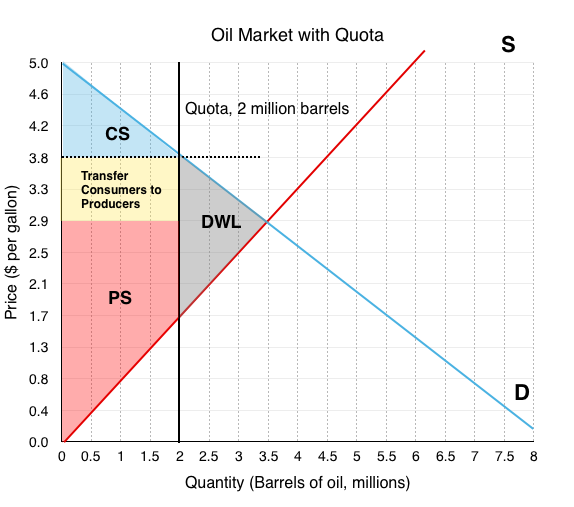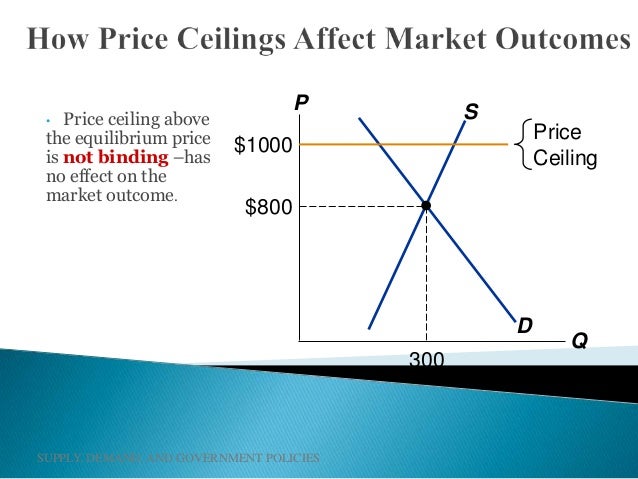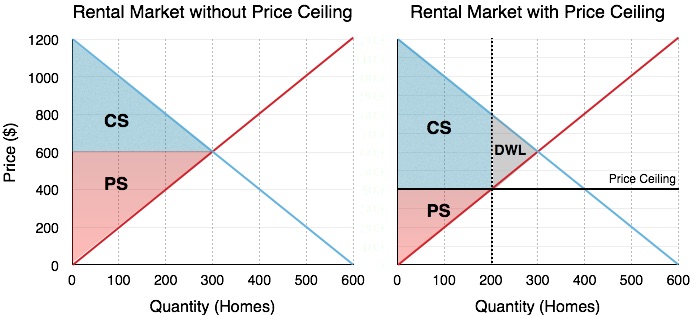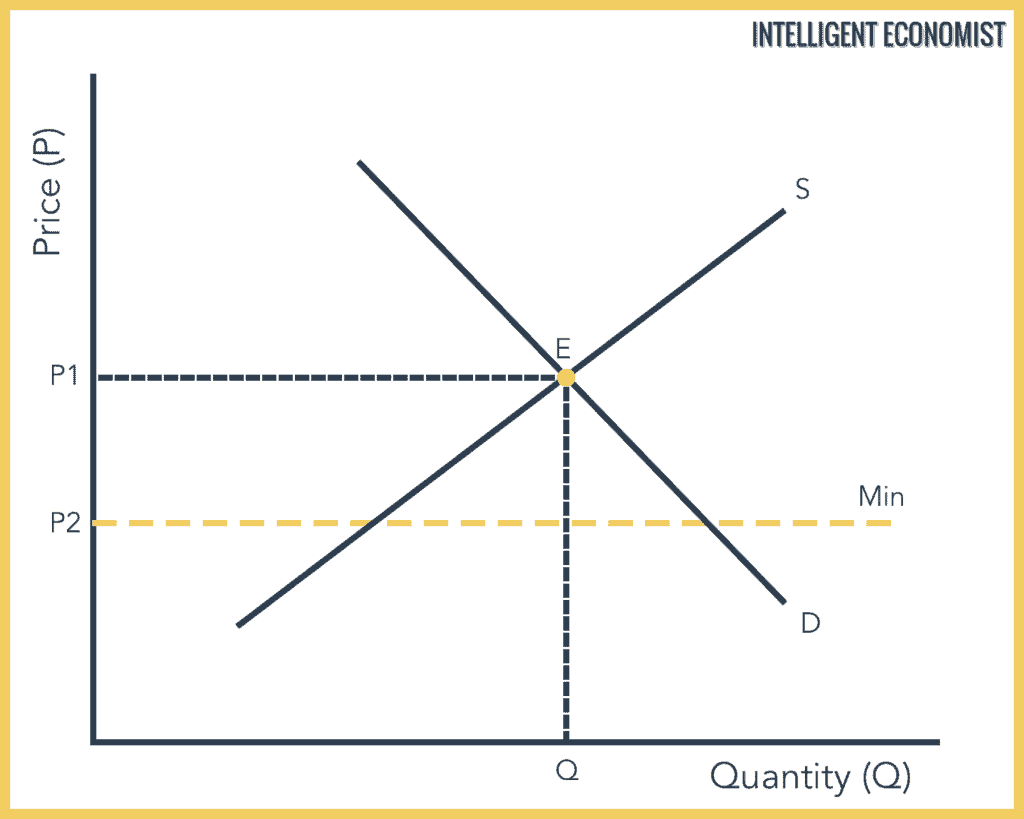A Price Floor Set At 4 Will Be Binding

The equilibrium price commonly called the market price is the price where economic forces such as supply and demand are balanced and in the absence of external.
A price floor set at 4 will be binding. Iv non binding price floor. What will be the new equilibrium quantity in this market. A price floor set at 4 will be binding and will result in a shortage of 6 units. Types of price floors.
A some buyers who want to buy at the controlled price are unable to find a seller willing to sell at that price b the quantity of the good transacted is less than the equilibrium quantity transacted c the buyers incur additional search costs looking for the scarce good. A government imposed price of 6 in this market could be an example of a i binding price ceiling. Iii binding price floor. A price floor is a government or group imposed price control or limit on how low a price can be charged for a product good commodity or service.
Drawing a price floor is simple. A few crazy things start to happen when a price floor is set. If a binding price floor is imposed on the market for carrots then. Namely marginal revenue cost will be equal to the price floor until the price floor no longer exceeds what sellers are willing to sell the good for.
A price floor set at 16 will be binding and will result in a surplus of 6 units. A price floor set at 7 will be binding and will result in a surplus of 12 units. A price floor is an established lower boundary on the price of a commodity in the market. A price floor set at 6 will be binding and will result in a surplus of 4 units.
A binding price floor is likely to cause deadweight loss because. Refer to figure 6 4. A price floor set at 7 will be binding and will result in a surplus of 6 units. Suppose a tax of 2 unit is imposed on this market.
You ll notice that the price floor is above the equilibrium price which is 2 00 in this example. A price floor set at 16 will be binding and will result in a surplus of 12 units. Governments usually set up a price floor in order to ensure that the market price of a commodity does not fall below a level that would threaten the financial existence of producers of the commodity. A price floor must be higher than the equilibrium price in order to be effective.
This graph shows a price floor at 3 00. A price floor set at 4 will be binding because it is higher than the equilibrium price. At a price of 4 the quantity supplied is 12 and the quantity demanded is 6 resulting in a surplus of 6 units. Simply draw a straight horizontal line at the price floor level.
A price floor at 7 would be binding but a price floor at 4 would not be binding a price floor set at 6 50 would result in a surplus. Between 50 and 100 units.














































